Geumgang Seokkeo Jjigae (금강섞어찌개)
6.5Km 2021-03-18
20-8, Myeongdong, 7ga-gil, Jung-gu, Seoul
+82-2-779-3610
This is a Korean cuisine located in Myeong-dong, Seoul. The representative menu is meat stew with various vegetables. A third-generation family restaurant.
Gomguksijib (곰국시집)
6.5Km 2016-10-21
24, Mugyo-ro, Jung-gu, Seoul
+82-2-756-3249~50
Gomguksi is a soup consisting of handmade noodles and beef slices in a thick and rich beef broth. Gomguksi became famous through word-of-mouth by tourists from the neighboring country of Japan. These days the restaurant is always crowded with people. Also, the side dishes that accompany Gomguksi are extremely delicious.
OPPADAK Myeong-dong2jungang(오븐에빠진닭 명동2중앙)
6.5Km 2020-11-26
20 Myeongdong 10-gil Jung-gu Seoul
+82-2-2292-5892
This is a house where you can eat oven-baked chicken. This restaurant's signature menu is fried chicken. This Korean dishes restaurant is located in Jung-gu, Seoul.
Bugeogukjip (북어국집)
6.5Km 2020-06-17
38, Eulji-ro 1-gil, Jung-gu, Seoul
+82-2-777-3891
Bugeogukjip (formerly “Teojutgol”) is a restaurant behind City Hall in Seoul that has been serving up authentic dried Pollack soup since 1968. Despite a name change, the restaurant has proudly stood in this same location for decades, earning a strong reputation for its dried Pollack soup made using traditional cooking methods.
Since the restaurant only serves one thing—dried Pollack soup—there are few preparations to be made and the meal arrives on your table in minutes. Customers are free to serve themselves basic side dishes such as kimchi and can have as many servings of rice as they’d like, allowing diners to enjoy a hearty meal at a low price. While the restaurant’s design and menu may be simple, Bugeogukjip takes pride in its long history and the careful efforts that have earned it a reputation as one of the most notable restaurants in Seoul.
Nolbu Budaejjigae Myeongdong(놀부부대찌개 명동)
6.5Km 2020-10-30
2F, 16-1, Myeongdong, 10-gil, Jung-gu, Seoul
+82-2-3789-0110
This is a Korean cuisine located in Myeongdong Cathedral, Seoul. Budaejjigae (spicy sausage stew) is a soup dish made with various types of ham and Korean broth and sauces. The best menu at this restaurant is sausage stew.
Festival Korea Beauty (코리아뷰티페스티벌)
6.5Km 2024-06-27
35, Myeongdong-gil, Jung-gu, Seoul
02-6000-4356
Le Festival Korea Beauty est un événement consacré à la K-beauty à destination des visiteurs internationaux avec la participation de nombreuses organisations autour du tourisme et de la K-Beauty. Les visiteurs peuvent profiter d'activités autour de la K-beauty et bénéficier d'offres de réduction sur les cosmétiques. L'événement a lieu à Myeongdong, Hongdae, Seongsu et Gwanghwamun durant le mois de juin. Les événements de Hongdae et Gwanghwamun ont eu lieu jusque début juin.
ILMIRI Gold Jjimdak Myeongdong(일미리금계찜닭 명동)
6.5Km 2020-10-30
2,3F, 21, Myeongdong9ga-gil, Jung-gu, Seoul
+82-2-3789-0220
This is a Korean cuisine located in Myeong-dong, Seoul. The representative menu is braised chicken. A restaurant where you can experience the Korean chicken cooking culture.
Myeongdong Kyoja (명동교자)
6.5Km 2022-01-04
29, Myeongdong 10-gil, Jung-gu, Seoul
+82-2-776-5348
Myeongdong Kyoja is a noodle restaurant located near Myeongdong Cathedral that has been in business for more than 50 years. The restaurant is known for their knife-cut, handmade kalguksu (noodle soup) which is its main menu item. These lovingly prepared noodles are served in a deep and flavorful broth with meat and vegetables, making for a delicious meal. Also popular are the mandu (dumplings), bibim guksu (spicy noodles), and kongguksu (noodles in cold soybean soup).
Choryuhyang (초유향)
6.5Km 2017-11-23
24-10, Dadong-gil, Jung-gu, Seoul
This restaurant's feature items are its Samseon-nurungjitang, Dongpayuk, and Seafood Galbi. Seafood is plentiful in the Samseon-nurungjitang, making for a delicous soup base to which nicely browned rice is added later. When the browned rice is added to the soup base, a loud crackling noise is heard, which signals the beginning of a delicious meal.
Parc Sajik à Séoul (사직공원(서울))
6.5Km 2022-09-19
89, Sajik-ro, Jongno-gu, Seoul-si
+82-2-2148-2834
Le parc Sajik est l’un des trois parcs les plus populaires de Jongno-gu, avec le parc Tapgol et le parc Samcheong. Situé à l’Ouest du complexe du gouvernement central, au Sud-Est du mont Inwang, le parc possède la taille impressionnante de 188,710 m².
Le nom du parc remonte à 1395, lorsque Taejo Lee Sung-gye construisit le premier Sajikdan (autel dédié aux divinités d’Etat), avec en son centre, le sanctuaire Jongmyo (sanctuaire ancestral royal). « Sa » désigne la divinité de la terre, tandis que « jik » se réfère au dieu des cinq céréales. Des rituels pour obtenir une bonne récolte avaient lieu régulièrement au Sajikdan. Néanmoins, le site n’a pas été reconnu officiellement comme parc jusqu’en 1922, lors de la période coloniale japonaise.
Dans le parc, on trouve plusieurs terrains de jeux, des statues de Sin Saimdang, Hwanghakjeong et Yi I (souvent mentionné sous son nom de plum « Yulgok »), ainsi que la bibliothèque municipale des enfants. Le sanctuaire de Dangun et la bibliothèque de Jongno se trouvent à proximité. En suivant le sentier près du parc Sajik pendant environ 5 minutes, les visiteurs peuvent atteindre le parcours de randonnée du mont Inwang relativement facilement.
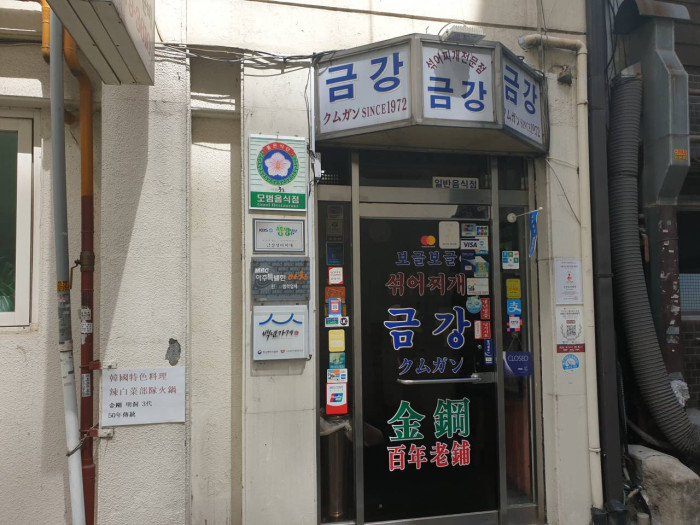

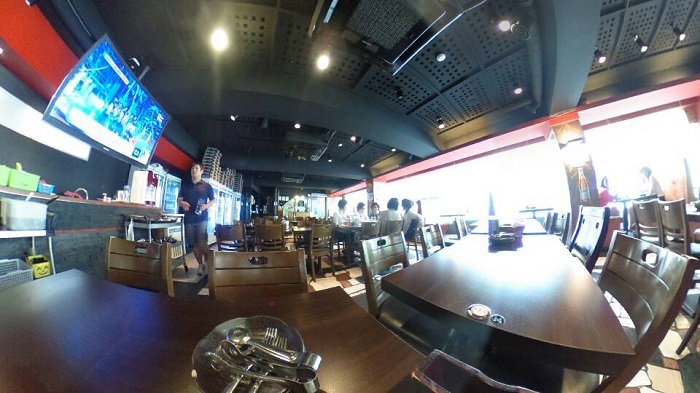
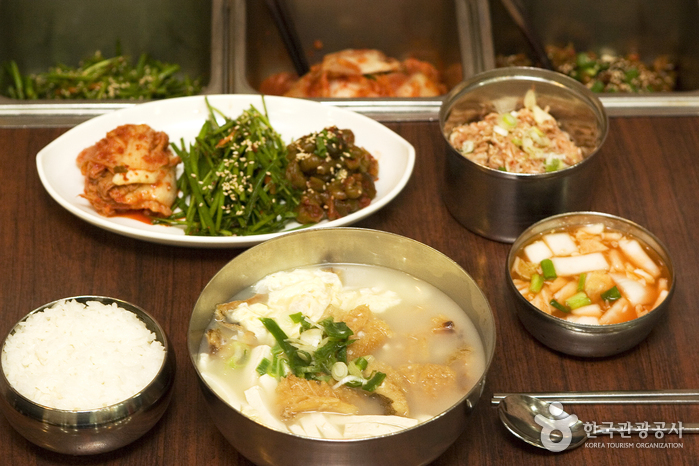
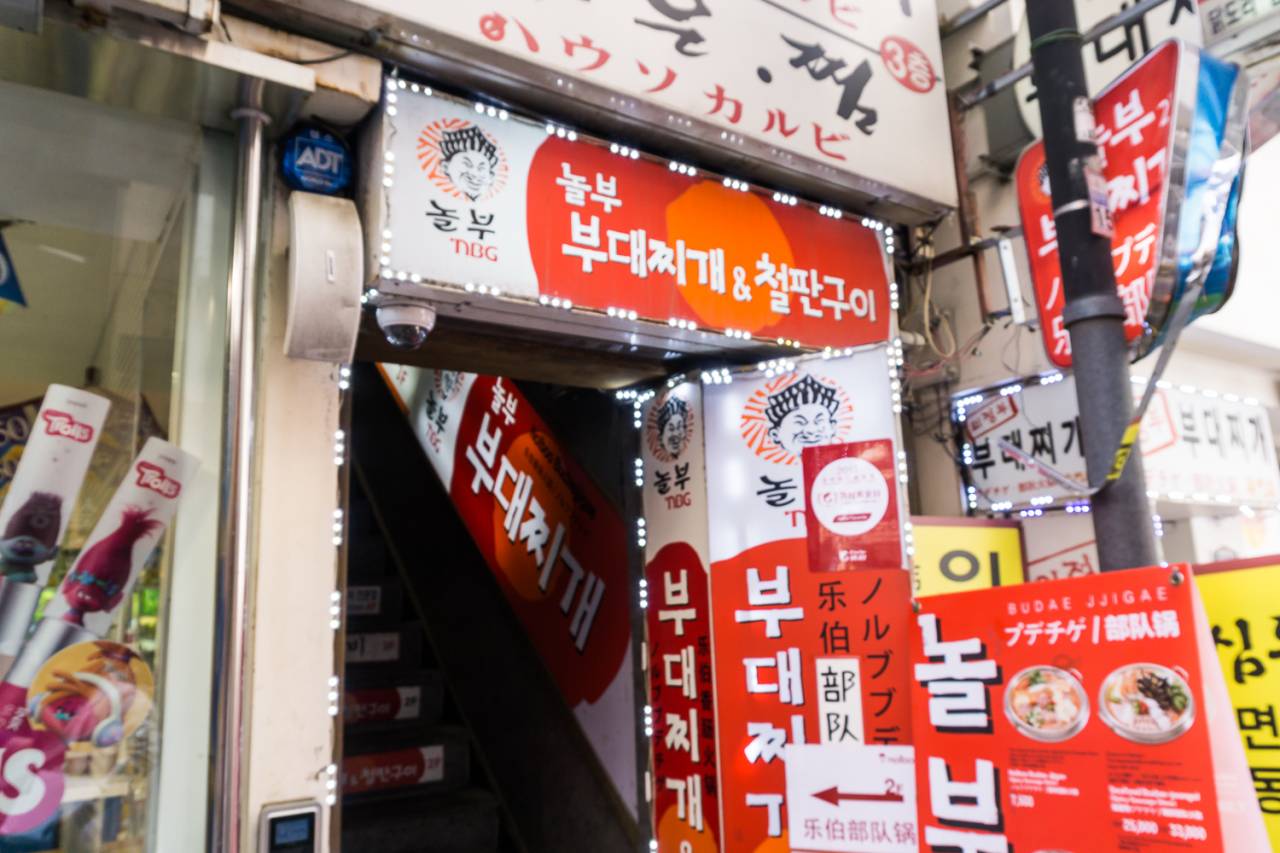


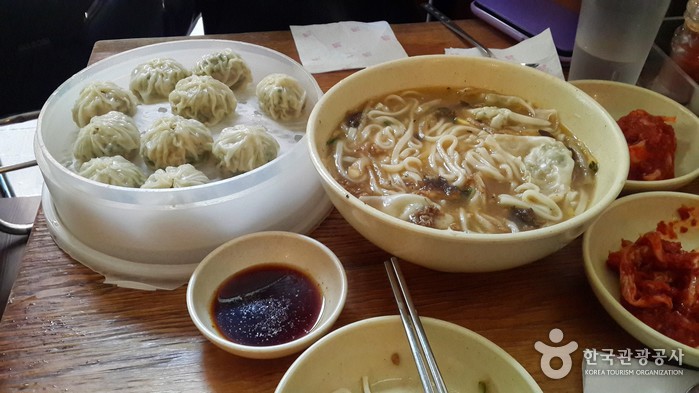
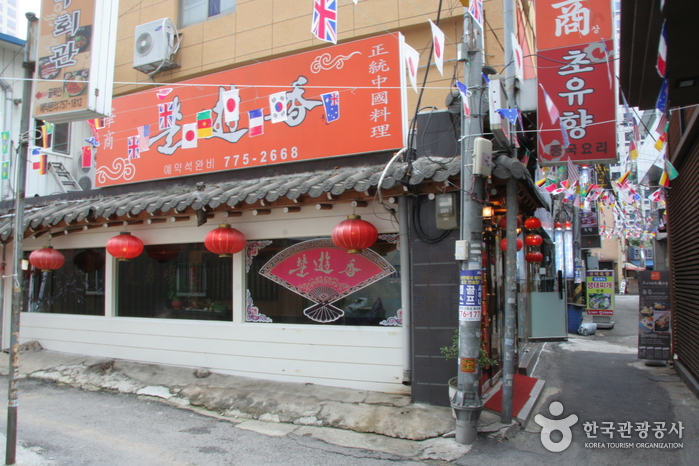
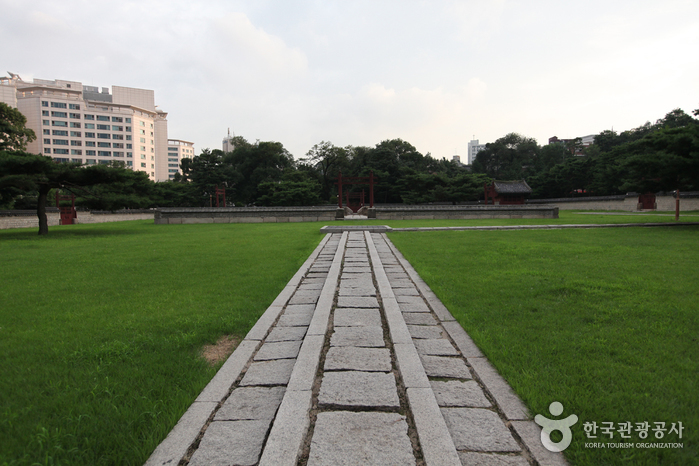
 Français
Français
 한국어
한국어 English
English 日本語
日本語 中文(简体)
中文(简体) Deutsch
Deutsch Español
Español Русский
Русский